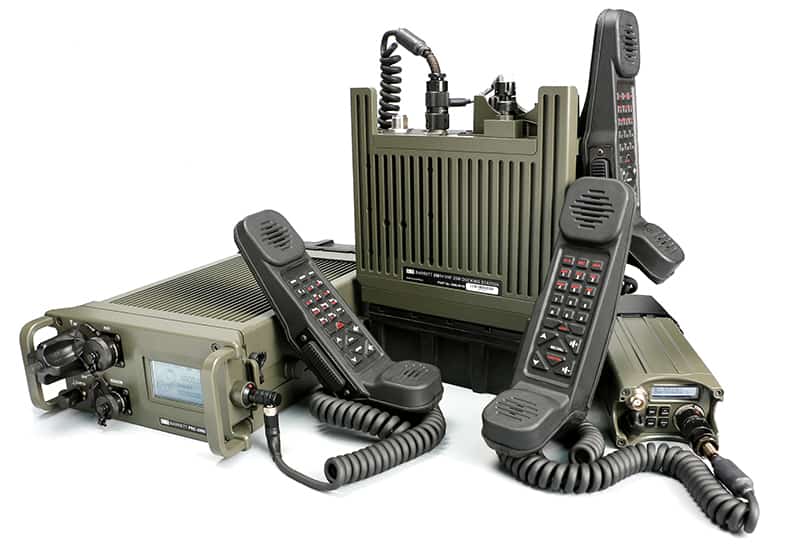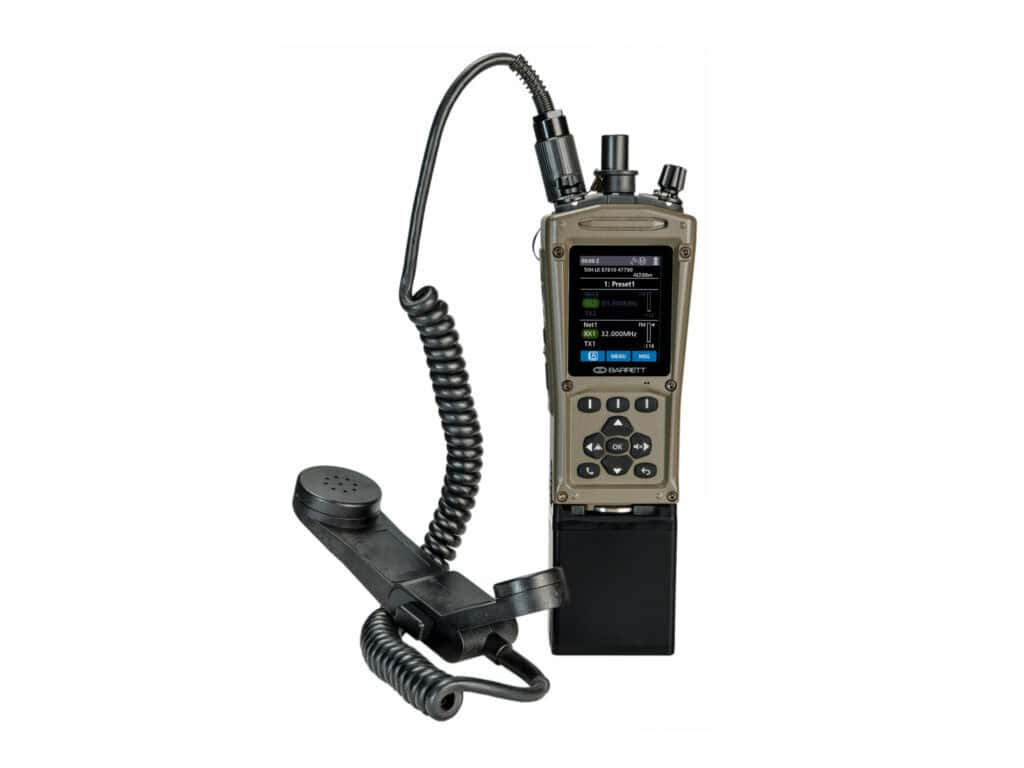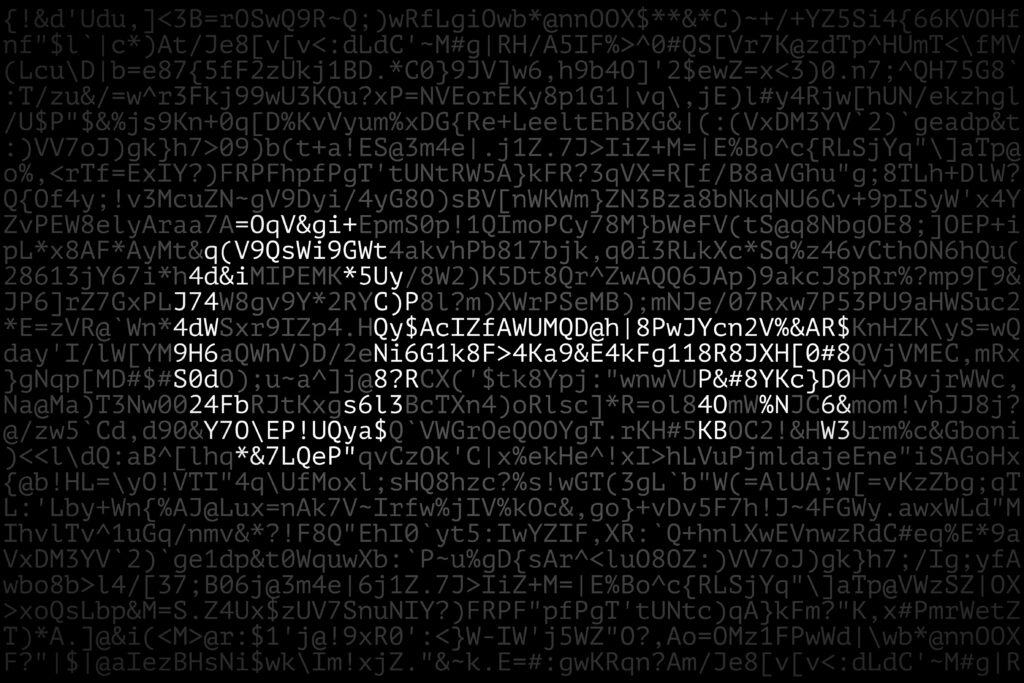Why security is the top requirement for tactical communications
Why security is the top requirement for tactical communications?
The sensitive nature of tactical operations means the communications equipment used has to meet some basic requirements:
• Transceivers need to be ruggedised and meet standards for shock protection and water ingress in order to be practical tools in the field.
• Signal transmission needs to be reliable and facilitate quality communication in any weather conditions or network coverage.
• But most importantly, the HF communication channels have to be secure.
The standout requirement for a tactical HF radio
The most important requirement for tactical HF radio equipment is security – without it, your communications could be prone to potentially dangerous eavesdropping. Consider the following scenario: if you are trying to communicate with a home base and you give your location coordinates, you need to be confident this information won’t fall on the wrong ears.

When investing in HF radio infrastructure, you need to identify equipment features that ensure your communication is securely encrypted. There are a number of security features available in Barrett Communications’ tactical HF radio equipment, including:
3 security features your HF radio needs
1. Secure Call
This provides HF radio operators with a secure speech channel using in-bandwidth hopping up to 15 times per second, depending on the user’s selection. It enables point-to-point (or point-to-multipoint) communications between HF transceivers within a network. This feature is further secured by a unique four-digit pin on each radio that opens the Secure Call channel.
2. Encryption
This security feature scrambles transmitted data according to an assigned algorithm, which can only be decrypted by a receiver with the same ‘key’ the broadcaster used. This means any party trying to listen to the transmission without this key will find the message indecipherable. Voice and data transmitted over HF radio can be secured with a number of encryption options. These include DES (Data Encryption Standard) 56 and AES (Advanced Encryption Standard) 256.
3. Frequency hopping
The security appeal of frequency hopping is in your data transmission’s constant movement between different radio bandwidths. Rapidly changing between sequences according to a set pattern only the broadcasting device and the receiver know makes intercepting the message near impossible. The best HF radios work independently and don’t need to be synchronised from a central control point, offering up to 25 different frequency shifts per second.
The RFDS includes a number of security features to make your communications more reliable.
Barrett has a wide range of tactical HF radio transceivers and other equipment designed to give users operational security. The PRC-2090 tactical manpack and HF Rapid Field Deployment System (RFDS) are just two of the radio devices we offer that boast optional security extra to make your communications in the field more secure than ever.
For more information on the range we supply, contact us today.








Pingback: 3 ways to expand the transmission range of your VHF radio - Barrett Communications
Pingback: 3 basic elements of tactical HF radio security - Barrett Communications